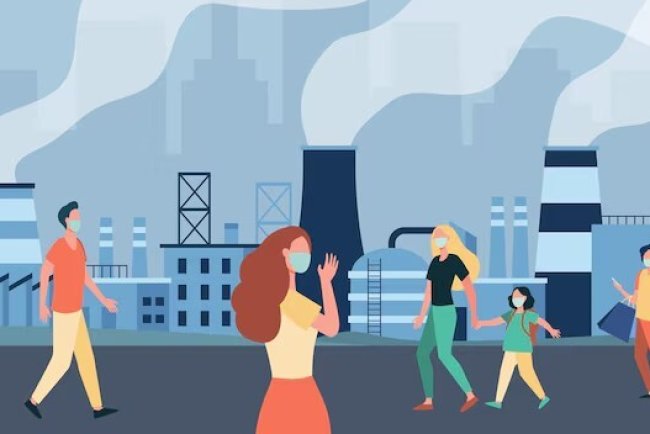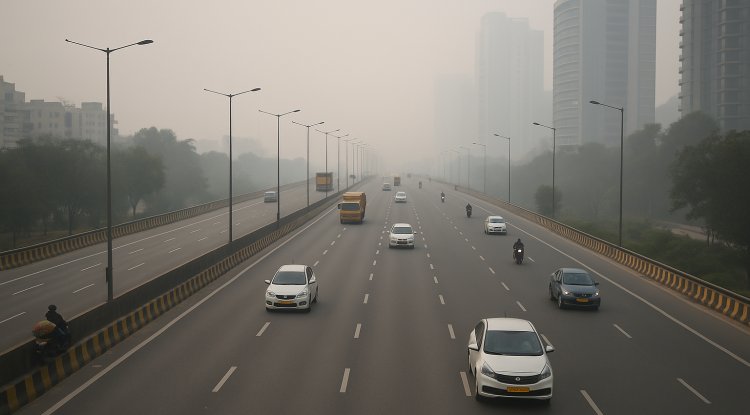How 'Doom Loops' Are Accelerating Climate Change—And How Solar Power Can Help Break Them
Doom loops are accelerating climate change through feedback cycles like melting Arctic ice and increased fossil fuel use for cooling. This article explores how rooftop solar power can help break these cycles, reduce energy demand, and support a global shift to clean energy.

Climate change is not only being fueled by the burning of fossil fuels but also by deadly feedback loops referred to as "doom loops." These cycles of human behavior and environmental elements consuming each other are pushing global warming further and faster than anticipated. A ghastly example is taking place in the Arctic, where rising global temperatures have caused a record loss of sea ice. In March of 2025, the Arctic witnessed record-low levels of winter sea ice. When it melts, the surface of the Earth reflects less sunlight, resulting in further increased temperatures and ice melting.
There is another feedback process linked to increased world energy demand. Historic heatwaves in nations such as China and India have witnessed a massive surge in air conditioner sales. This cooling demand, ironically induced by global warming, has served to spur an increase in the consumption of coal—a fossil fuel for massive emissions. Recent statistics show that demand for coal rose by 1% globally in 2024 as a result of, primarily, heightened energy demand during adverse weather conditions.
These self-enforcing cycles show the manner in which the impact of global warming will lead to processes that will accelerate the problem. Yet researchers do feel such loops can be intermitted using clean energy, specifically roof-top solar power. Roof-top solar installations, specifically over residential and commercial building roofs, provide a cleaner source of electricity under heat-intensive weather patterns like heatwaves. They lower the demand for cooling by blocking sun shine and keeping indoor temperatures lower.
Research has indicated that even partial solar panel coverage of a roof can decrease the cooling needs of a building by 2% to 13%, depending on location and insulation. This decrease in energy demand can translate into a decrease in the consumption of fossil fuels for electricity, particularly if solar power displaces coal-based energy. In addition, new technologies are being developed to close the gap between when solar energy is present (daytime) and when cooling is needed most (evening). One example is the design of air conditioning systems to pre-cool buildings during the day when solar energy is abundant.
Even areas traditionally not thought of as having strong solar potential, like the UK, contain immense amounts of unexploited roof capacity. For instance, analysis indicates that Nottingham and Coventry alone could supply hundreds of megawatts of electricity from roof-top solar panels enough to serve much of their electricity needs. Local solar generation like this might avoid additional dependency on centralized fossil fuel-burning power plants in times of intense heat.
But rooftop solar expansion across the world has some issues. It will demand huge investment in infrastructure, equipment, and personnel training. Fiscal incentives, as well as climate finance commitments by industrial countries to developing countries, take center stage in making clean energy available all over the world.
While threats are to be found in "doom loops," so too is hope in the form of "virtuous cycles." These are experienced when green technology, such as solar panels or heat pumps, attains a tipping point on price and acceptance and then become self-replicating and go on to generate widespread behavior and market shift. Once this kind of tipping point has been crossed, clean technologies can move very rapidly towards being the norm.
Unfortunately, political and economic uncertainty is complicating international cooperation on climate action. Geopolitics, trade wars, and domestic strife are distracting from the climate crisis. Food price inflation due to climate-related extreme weather events has also been politicized in some nations, driving public doubt and inaction on environmental matters.
However, history has also shown that crises have a way of prompting deep-seated reforms. Upheavals to the pre-existing world have ushered in human rights, social welfare, and global cooperation breakthroughs. The current climate crisis may well do the same in ushering in more far-reaching commitments to sustainability—if the right investments and decisions are made today.
In summary, breaking doom loops of climate change worsening them necessitates action, most notably in energy use and infrastructure. Rooftop solar is a quick and scalable exit from reducing reliance on fossil fuels in times of high energy consumption. Although the problems exist, concerted world action and smart energy planning can make the transition from doom loops to sustainable loops.
Source: The Conversation
What's Your Reaction?

















